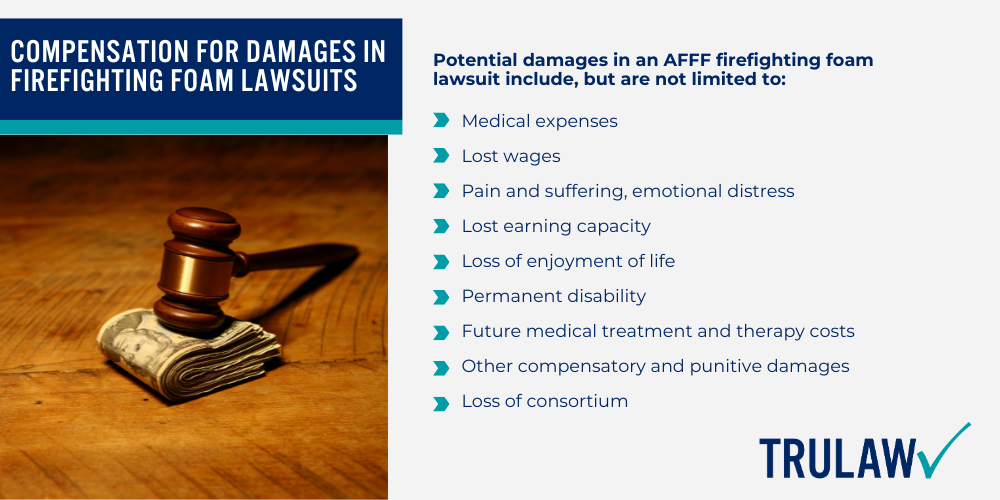Endometrial cancer is a common form of uterine cancer that begins in the lining of the uterus, known as the endometrium.

It most frequently affects women over the age of fifty (50).
The endometrial lining undergoes cyclical changes, thickening and shedding during the menstrual cycle.
However, if abnormal cells within this tissue begin to grow uncontrollably, they may form tumors, which can be cancerous.
The most prevalent form of endometrial cancer is endometrioid adenocarcinoma, though there are several subtypes.
While the exact cause of endometrial cancer remains uncertain, risk factors such as hormonal imbalances and genetic predispositions are known contributors.
Another potential risk factor under investigation is exposure to PFAS chemicals, found in products like AFFF firefighting foam.
PFAS Exposure and Its Association with Endometrial Cancer
Several studies have explored the relationship between PFAS exposure and the risk of developing endometrial cancer.
Research suggests that PFAS chemicals, commonly referred to as “forever chemicals,” may contribute to an increased risk of this disease.
Some notable studies on PFAS and cancer risks include:
- Journal of Exposure Science & Environmental Epidemiology: This study from the Journal of Exposure Science & Environmental Epidemiology examines phenols, parabens, and PFAS in participants with cancer diagnoses.
- Oncotarget Journal: This study from the Oncotarget Journal discusses how perfluorooctanoic acid (PFOA) may promote cancer cell migration and invasion in endometrial cancer.
- Journal of Environmental Health: This study from the Journal of Environmental Health analyzes the impact of PFAS on cancer prognosis in melanoma patients.
- National Cancer Institute: This study from the National Cancer Institute focuses on the connection between circulating PFAS and gynecological cancers, including endometrial cancer.
How Endometrial Cancer is Detected
Early detection is important to the successful treatment of endometrial cancer.
Regular medical evaluations can help identify cancer in its initial stages when treatment is most effective.

Common methods of detecting endometrial cancer include:
- Pelvic Exam: A healthcare provider performs a physical exam to check for any abnormalities in the pelvic region.
- Transvaginal Ultrasound: This imaging technique creates a visual of the uterus, allowing healthcare professionals to detect any abnormalities.
- Endometrial Biopsy: A sample of tissue is taken from the endometrium and examined for cancer cells.
Treatment Options for Endometrial Cancer
Treatment for endometrial cancer is based on factors such as the stage of the cancer and the patient’s health.

Standard treatment options include:
- Radiation Therapy: High-energy rays are used to destroy cancer cells, either before or after surgery, or as a standalone treatment in some cases.
- Chemotherapy: This involves the use of drugs to kill or slow the growth of cancer cells, often used for advanced stages or recurrent cancer.
- Surgery: A hysterectomy, or removal of the uterus, is the most common treatment for early-stage cancer. In some cases, lymph nodes may also be removed.
- Hormone Therapy: In certain cases, hormone therapy may be used to block estrogen, which can promote the growth of cancer cells.
The prognosis for endometrial cancer can vary depending on the stage of diagnosis and other factors.
Early detection and appropriate treatment can greatly improve outcomes for those affected by this disease.








